"Doom: The Dark Ages Inspired by Eternal’s Marauder"
When director Hugo Martin revealed that the mantra for Doom: The Dark Ages was "stand and fight" during Xbox's Developer Direct, it immediately piqued my interest. This approach starkly contrasts with Doom Eternal, known for its high-speed, constantly moving combat. However, Doom Eternal introduced the Marauder, a singular enemy that forced players to adopt a "stand and fight" strategy, sparking significant debate among players. Personally, I find the Marauder fascinating, and my excitement for The Dark Ages surged upon realizing that its combat system hinges on reacting to bright green lights, a mechanic reminiscent of the Marauder's vulnerability.
Rest assured, The Dark Ages doesn't confine you to a frustrating duel akin to the Marauder's. While it introduces the Agaddon Hunter, equipped with a bulletproof shield and deadly combo attacks, the essence of Eternal's challenging encounters is woven into the fabric of every enemy in The Dark Ages. The game reimagines, recalibrates, and refines the Marauder's principles into its core combat design, ensuring every fight feels strategic without the irritation.
The Marauder stands out in Doom Eternal due to its unique demands. Usually, Eternal has you dashing around arenas, managing lesser enemies and strategically engaging larger ones. It's often described as a management game, not just in terms of resources but also in navigating the chaos of battle. The Marauder, however, changes the game entirely. This formidable foe, often encountered in one-on-one scenarios, requires undivided attention. When it appears amidst a larger battle, the optimal strategy is to clear the surrounding enemies first, then confront the Marauder head-on.
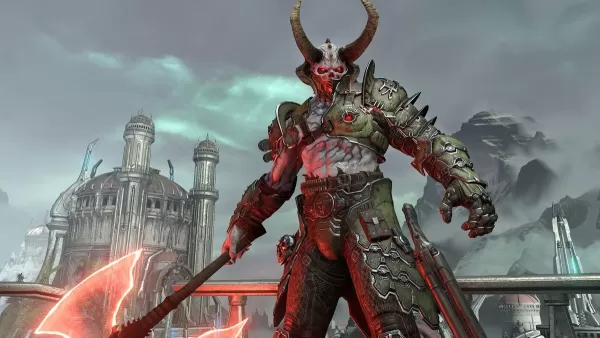 Doom Eternal's Marauder is one of the most controversial enemies in FPS history. | Image credit: id Software / Bethesda
Doom Eternal's Marauder is one of the most controversial enemies in FPS history. | Image credit: id Software / Bethesda
"Standing and fighting" with the Marauder doesn't mean staying still. It's about dominating the battlefield through strategic positioning. Too close, and you risk a devastating shotgun blast; too far, and you'll face manageable but persistent projectile attacks. The key is to provoke the Marauder's axe swing, as it's only during this wind-up that he's vulnerable. When his eyes flash bright green, it's your cue to strike. His energy shield otherwise deflects all attacks, making precise timing and positioning crucial.
Similarly, Doom: The Dark Ages uses bright green signals, harking back to the original Doom's bullet hell concept. Demons unleash volleys of projectiles, among which are green missiles that the Doom Slayer can parry with his new shield, sending them back to their origin. Initially a defensive tactic, this parry becomes an offensive powerhouse once you unlock the shield's rune system, allowing for stunning lightning bolts or activating an auto-targeting shoulder cannon.
Navigating The Dark Ages' battlefields involves a series of focused one-on-one encounters with various powerful demons. While survival doesn't solely depend on reacting to green lights, mastering the parry with the shield's runes significantly enhances your combat effectiveness. This system shares a foundation with Eternal's Marauder fights, requiring you to find the optimal distance and timing to parry the green projectiles.
One of the main criticisms of the Marauder was its disruption of Doom Eternal's flow. It demanded a different approach from the rest of the game, which I find thrilling as it breaks the mold. Eternal already challenged traditional FPS conventions by emphasizing resource management and strategic engagement. The Marauder pushes this envelope further, offering an ultimate test of adaptability. While I appreciate this challenge, I understand why it might frustrate others.
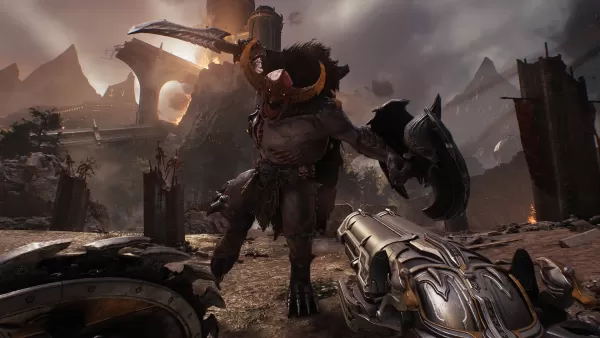 While the Agaddon Hunter may be the closest to the Marauder in The Dark Ages, every demon carries a bit of Eternal's toughest enemy. | Image credit: id Software / Bethesda
While the Agaddon Hunter may be the closest to the Marauder in The Dark Ages, every demon carries a bit of Eternal's toughest enemy. | Image credit: id Software / Bethesda
Doom: The Dark Ages addresses this by integrating varied combat styles into its core gameplay. Each major enemy type features unique green projectiles or melee strikes, prompting a tailored approach for each encounter. For instance, the Mancubus's energy fences with green pillars require weaving to parry, while the Vagary's spheres demand a sprinting approach. The skeletal Revenant mirrors the Marauder closely, requiring a parry to its green skulls to become vulnerable.
This diversity in enemy encounters means new foes introduce fresh challenges without breaking the game's flow. While the Agaddon Hunter and Komodo might present a difficulty spike with their melee attacks, you're already accustomed to adapting your tactics by the time you face them. Unlike the Marauder in Eternal, The Dark Ages prepares you for its reaction-based mechanics from the start, making them a seamless part of the experience.
The Marauder's design was never flawed; it was its unexpectedness that threw players off. Doom: The Dark Ages builds on this by embedding reaction-based mechanics into its core, making them less of a surprise and more of an integral challenge. Although the parry window is more forgiving than the Marauder's brief vulnerability, the essence of waiting for the right moment and striking when the green light appears remains central to every battle. The Dark Ages reinterprets these concepts effectively, ensuring that you stand and fight with every encounter.
- 1 Pokemon Go’s first Community Day of 2025 will feature Sprigaito Jan 05,2025
- 2 Holiday Thief Arrives in Seekers Notes Dec 26,2024
- 3 Watcher of Realms Is Dropping New Heroes and Skins This Thanksgiving and Black Friday! Dec 30,2024
- 4 Jujutsu Kaisen Phantom Parade: Tier List Update for 2024 Dec 28,2024
- 5 Roblox Forsaken Characters Tier List 2025 Feb 14,2025
- 6 How To Find and Beat the Storm King in LEGO Fortnite Jan 05,2025
- 7 Goddess Of Victory: Nikke Is Dropping a New Year’s Update and Collabs with Evangelion and Stellar Blade Soon Jan 04,2025
- 8 PUBG Mobile's Championship Finale Nears Jan 09,2025
-
Mastering the Art of Digital Tools
A total of 10
-
Hidden Gems: Unexpectedly Useful Other Apps
A total of 10
-
Top Free Adventure Necessary Games for Android
A total of 4





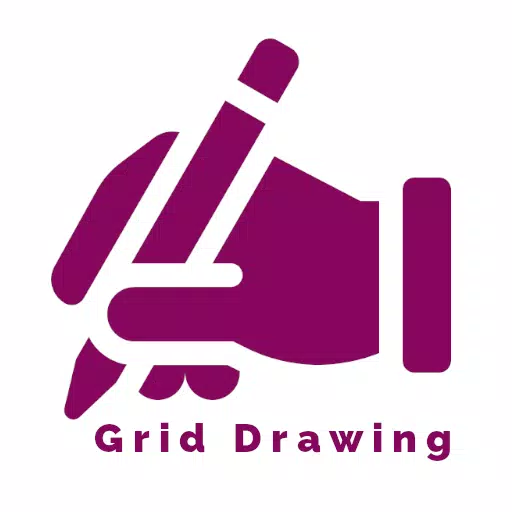




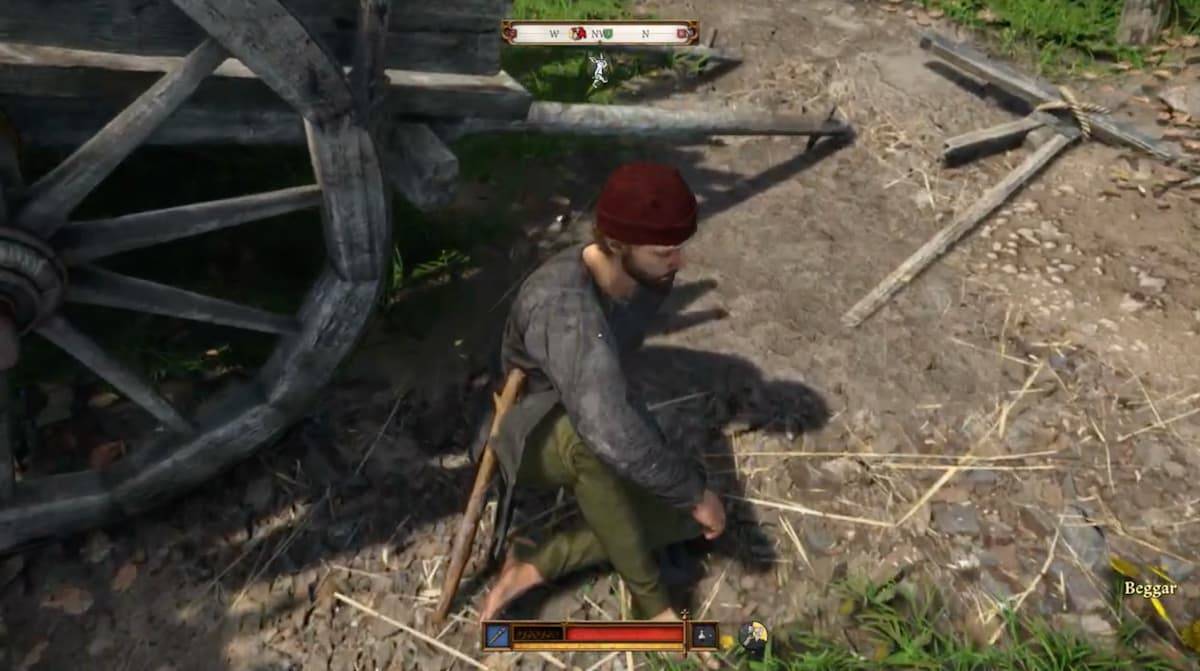

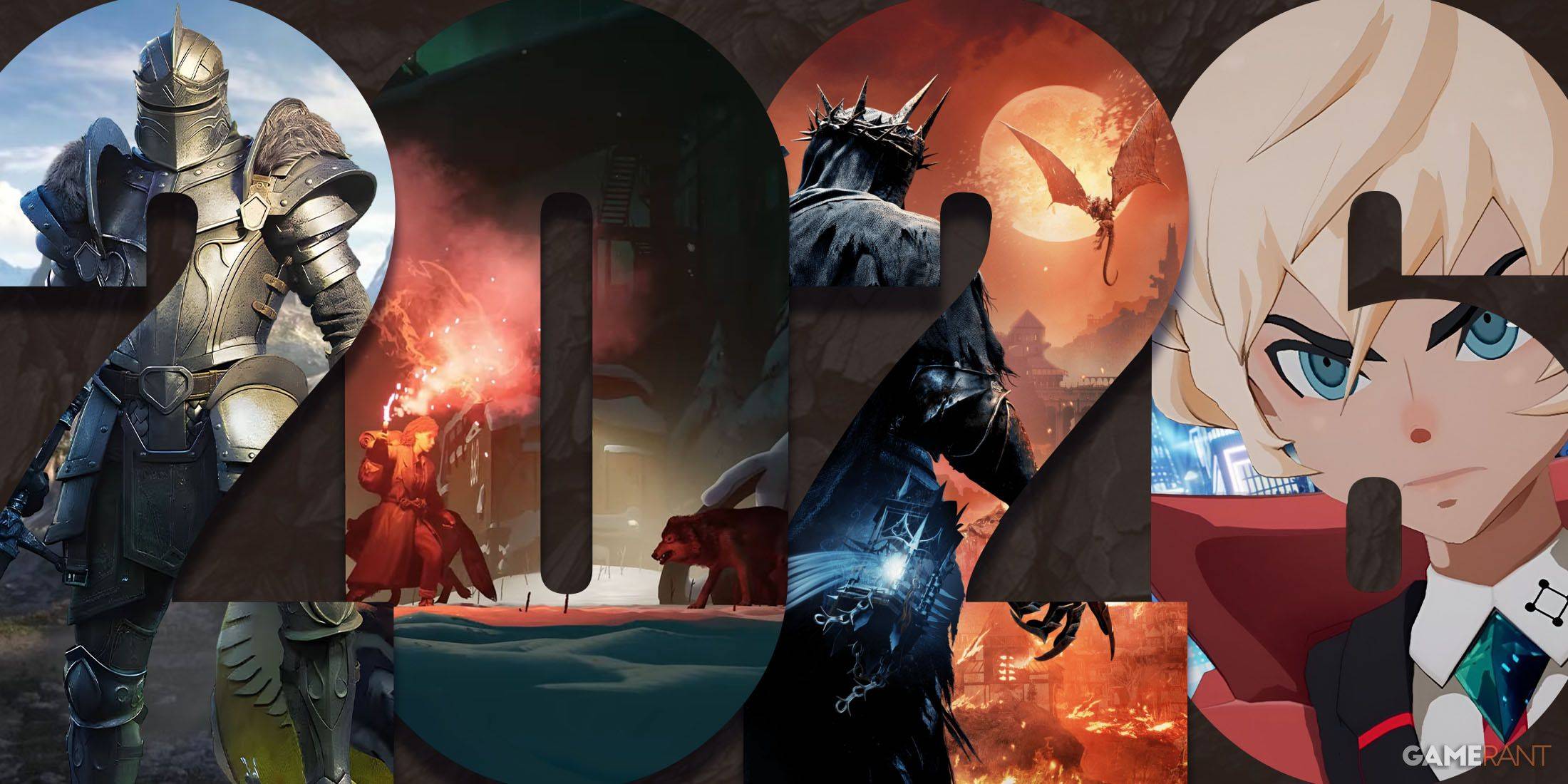
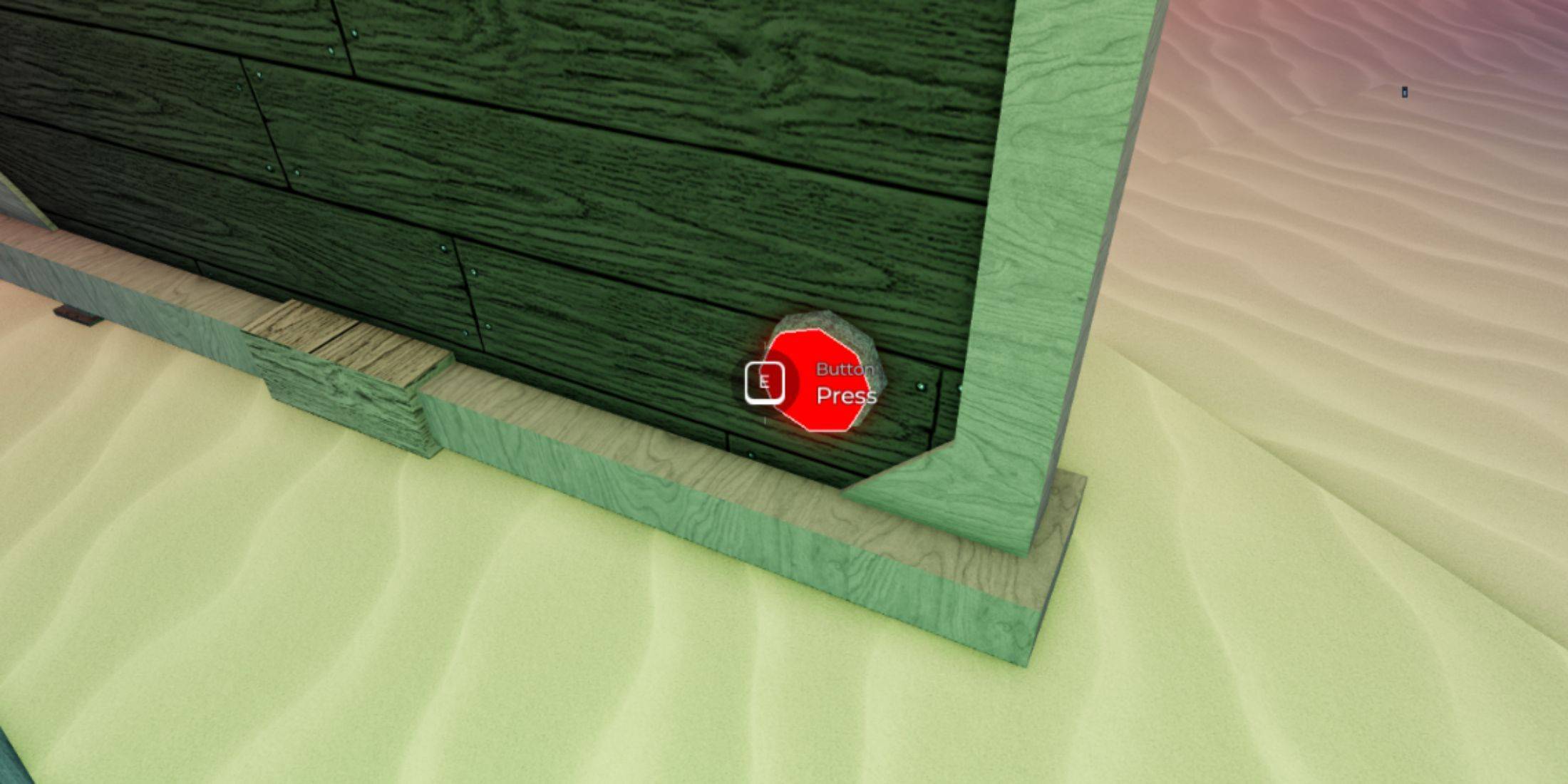

![LeMOMnade: Family Squeeze! – Version 1.1.1 [mtrellex]](https://img.3xbz.com/uploads/38/1719569762667e8d62c486e.jpg)


![My Cute Roommate 2 – New Version 1.0 Extra [Astaros3D]](https://img.3xbz.com/uploads/38/1719606486667f1cd652f1a.jpg)











